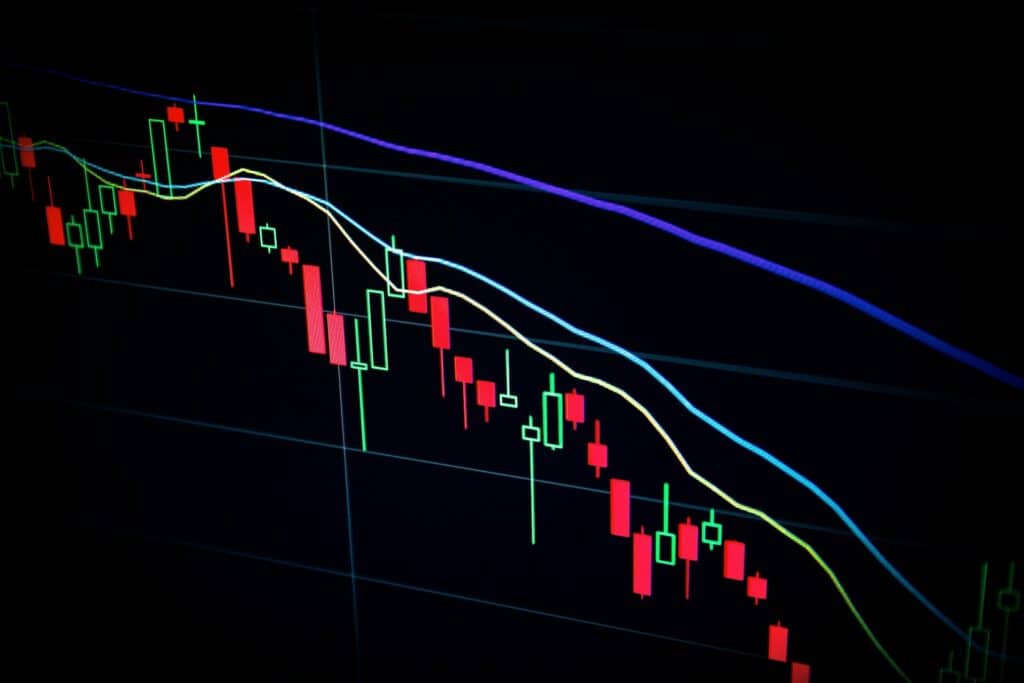Monero (XMR), the most anonymous cryptocurrency in the ecosystem, is regularly threatened with delisting by multiple trading platforms. Centralized projects are increasing without questioning the existence of the project. exchange We believe that cryptocurrencies are undesirable.However, it remains an important element of the transaction. privacy, and broader digital freedoms are currently under attack from all sides. Its decline could mark the end of cypherpunk and the original idea of Bitcoin.

Cryptocurrency “Monero” to be encrypted
Monero (XMR), launched in 2014, is considered to be: The most anonymous virtual currency on the market. Thanks to its Bitcoin-inspired code, it provides a solution for transactions that are extremely difficult to trace. XMR has been accused of facilitating illegal transactions on the internet and dark web and is intended to mimic the properties of cash like Bitcoin. However, unlike Bitcoin, which relies on a transparent ledger, Monero adds complex mechanisms that make the blockchain nearly impossible to decipher.Powered by these unique features derived from Cypherpunk works Suspicions from institutions.


Quiz you need to complete to use Monero
Last year, Binance announced it would remove Monero from its service…and then quickly reversed the decision. Recently, however, the platform has decided to once again increase its oversight of several anonymous cryptocurrencies, including the iconic XMR and the second most popular Zcash. privacy coin After Monero. In fact, Binance has created a watchlist of certain digital tokens (currently around 12). Binance customers who hold Monero should: pass the inspection It takes the form of a quiz to ensure you are aware of the 'risks' associated with this asset.
“To access a token marked with a monitoring or seeding tag, a user must pass the corresponding test every 90 days. […] Please note that these tokens may no longer meet our listing criteria and may be removed from the platform. ”
Message from Binance to Customers, January 4, 2024
Monero, forever unwanted
However, Binance's ban on Monero does not prevent users from continuing to trade on other marketplaces or directly peer-to-peer. It's a way to guarantee complete anonymity. Real electronic money. removed from centralization exchange (also known as CEX) therefore does not have a significant impact. On Reddit, some community members welcomed the decision. In fact, his XMR presence on CEX is primarily of interest to speculators, rather than true users. “Monero is the only community that wants to exit Binance.”jokes the user.
Monero, uncensored?
At first glance, Monero seems difficult to attack.based on the same proof of work Since Bitcoin is a fork (a copy of the code), it has never suffered from major vulnerabilities. Because it is decentralized and open source, its protocol is durable for over 10 years. security threats It puts the blockchain at risk.
That's why, Gradual removal from the market It emerges as the best solution to fight Monero. Sure, enthusiasts can exchange it without intermediaries, but that requires a good understanding of blockchain tools. Just as penalizing movie downloads has led viewers to turn to more user-friendly legal streaming platforms like Netflix.
indirect attack on the protocol
Due to state regulations, more platforms no longer offer untraceable cryptocurrency purchases.This increased complexity in accessing payment solutions ultimately Exchange is becoming less and less. Because before you can use Monero, you must be able to buy it with euros or dollars. In recent years, XMR transaction It remains stable, as does the hashrate (the computational power of the network).
Even more concerning is that Binance and other platforms have been accused of relying on fractional reserves. market manipulation This includes exaggerating the number of tokens you hold. the goal? We keep prices low to accumulate XMR at a low cost and gain more and more control over the protocol. The best way to control a currency (digital or otherwise) is to control its issuance or own a majority of its shares. This is the second point where institutions can intervene.


The last bastion of on-chain privacy
The possible ban on Monero (XMR) comes at a time of concern related to the emergence of central bank digital currencies, CBDCs (MNBC in French). For example, the digital euro makes it easy to track every transaction in euros. Paradoxically, the Digital Euro project is giving some visibility to his XMR, which is attracting increasing attention around the world in the face of potential threats to privacy from nation-states. In this regard, Amnesty International reminds us of the importance of having access to tools to protect against mass surveillance. But if Monero doesn’t go away, it could become just a relic from a time when on-chain privacy was still possible.
Maximize your Cointribune experience with our Read to Earn program! Earn points and access exclusive benefits every time you read an article. Sign up now and get rewards.
The charm of the history of Bitcoin and the history of cypherpunk, and the charm of a city that studies Monet's King. Is it the moon? Visualizing the potential of blockchain and cryptocurrencies with democrats.
Disclaimer
The views, ideas and opinions expressed in this article are solely those of the author and should not be construed as investment advice. Please do your own research before making any investment decisions.

